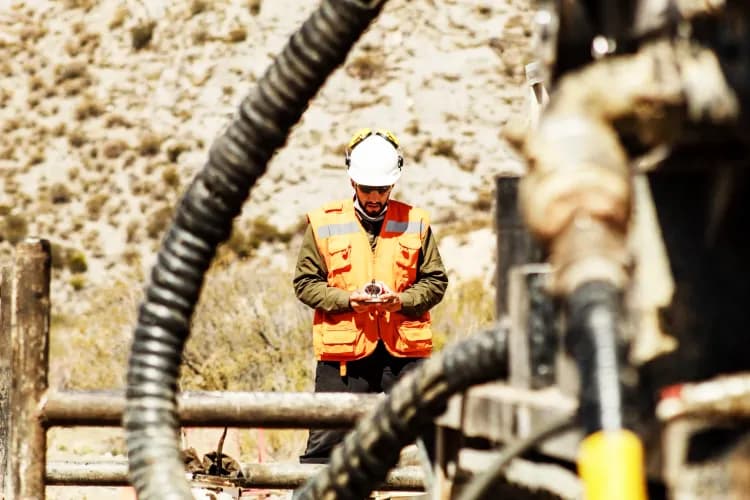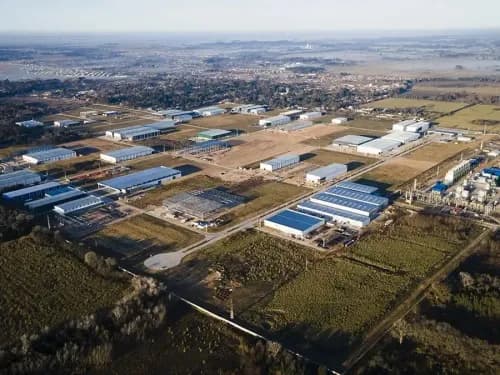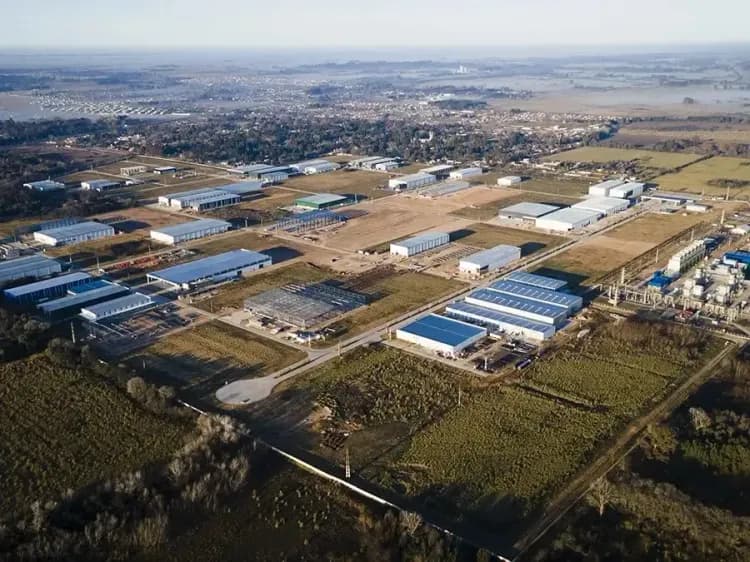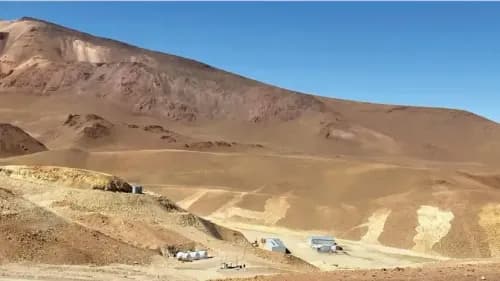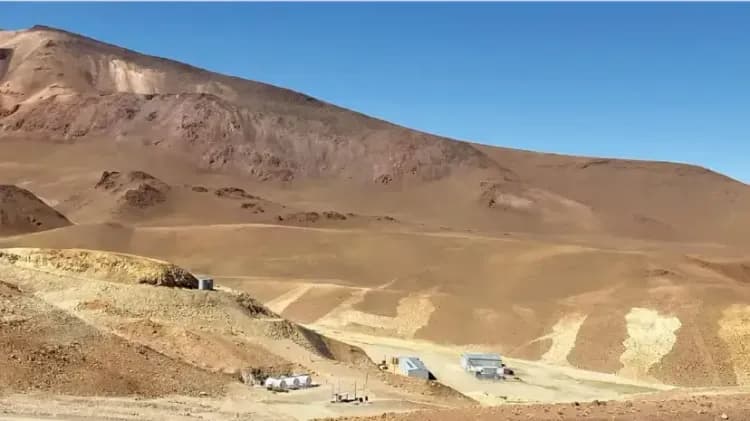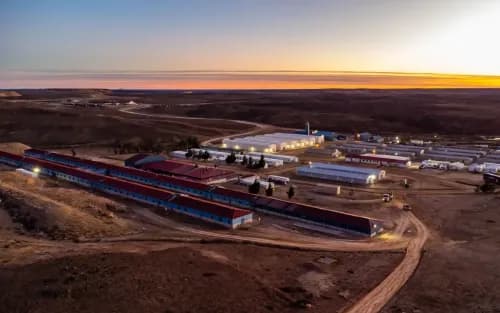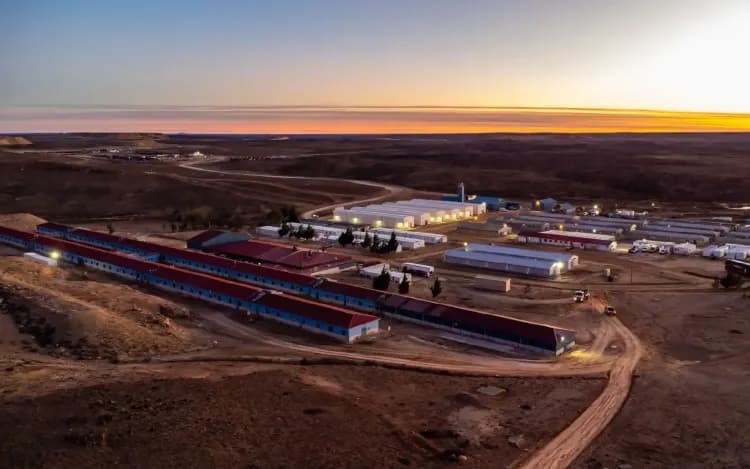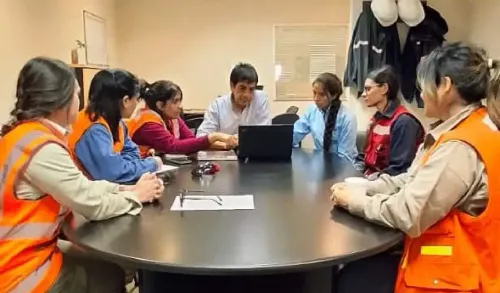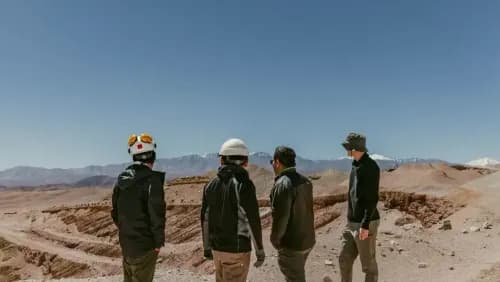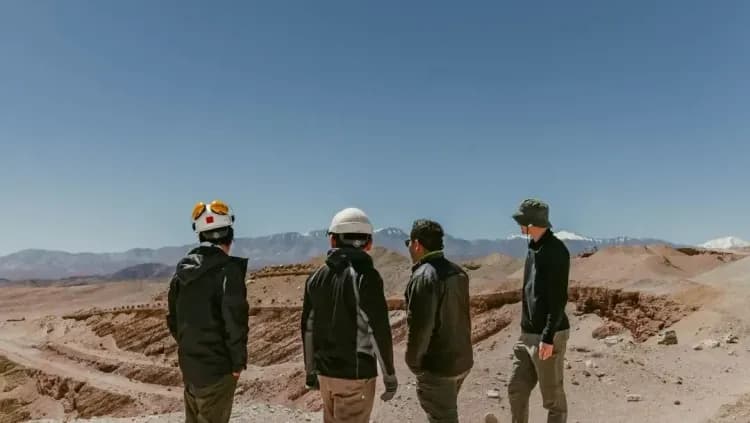The leaders of the mining chambers of Northwest Argentina (NOA) emphasized the urgency of building a joint interprovincial agenda to enhance lithium mining competitiveness and strengthen local production capacity. The discussion took place during the panel “Mining with a Local Identity: Regional Competitiveness in a Challenging Scenario,” held as part of the 14th International Seminar on Lithium in South America, organized by Panorama Minero. Participants included Carlos Carrillo, President of the Jujuy Mining Chamber; Juan Martín Gilly, President of the Salta Mining Chamber; and Abás Tanus Mafud, Executive Director of the Catamarca Mining Chamber.
By Panorama Minero
One of the key themes of the discussion was the need to streamline approval processes without compromising legal certainty. Carrillo highlighted Jujuy’s progress in implementing its new environmental impact assessment decree, which incorporates international standards such as ILO Convention 169 and the Escazú Agreement. “We created a Participatory Environmental Management Unit that brings together government agencies, universities, professional associations, and local communities,” he explained.
From Salta, Gilly noted that the reduction of mining fees has improved provincial competitiveness and that work is underway with the Secretariat of Indigenous Affairs to strengthen the free, prior, and informed consultation process. “Legal certainty and agility are essential conditions to sustain investment flows,” he said.
Local Suppliers and Human Capital: A Regional Approach
The development of local suppliers was another central topic. Carrillo emphasized that Jujuy has “a consolidated ecosystem” of more than 200 companies that have grown alongside mining activity over the past 15 years. Tanus Mafud, however, described a different situation in Catamarca: “Fifty-six percent of suppliers in the interior are dedicated to vehicle rentals. We need to diversify the supply base and foster new business segments.”
The three leaders agreed that a regional strategy could multiply opportunities by enabling trained suppliers and skilled workers to operate across provincial borders. “We are working so that a supplier from Jujuy can provide services in Salta or Catamarca, and vice versa,” Carrillo stressed.
Human resource training was another area of consensus. Tanus Mafud pointed out that between 30% and 40% of the engineers required for current projects come from fields of study that are not yet available in the province. “We are promoting agreements with universities and complementary programs that allow educational pathways to be coordinated between Catamarca and Salta. In less than a year, we’ve updated four curricula and signed an agreement with the Ministry of Labor to launch a mining employment observatory,” he explained.
Infrastructure and Energy: The Main Bottlenecks
The lack of infrastructure was identified as one of the biggest barriers to development in northern Argentina. All three representatives agreed that National Routes 51 and 52, along with railway expansion, are urgent priorities for improving logistics and exports. Gilly noted that “the State has already acknowledged it cannot undertake these projects alone, but it’s not about shifting the responsibility to mining companies either. We must find creative, sustainable, long-term solutions.”
In Catamarca, Tanus Mafud highlighted progress on Route 43, which is being developed through mining trust funds financed by private companies — “a sign of the industry’s commitment to public infrastructure,” he said.
Energy was another critical issue. Gilly mentioned that the Mariana Project invested US$190 million in a solar park due to the absence of a nearby transmission network, while Carrillo added that “the gas price differential paid by industries in the north clearly undermines competitiveness.”
A United Region in the New Lithium Landscape
The panel concluded with a shared idea: the importance of viewing northern Argentina as an integrated region capable of competing globally in the era of lithium. “We must stop seeing ourselves as isolated provinces and start thinking as a region,” said Carrillo, who cited the Lithium Roundtable and the Lithium Region initiative as key precedents.
The participants agreed that interprovincial cooperation will be essential to attract investment, improve logistics, and strengthen the mining value chain. “The playing field is already marked—we just need to play this regional game and create the conditions for real competitiveness,” summarized Carrillo, President of the Jujuy Mining Chamber.


